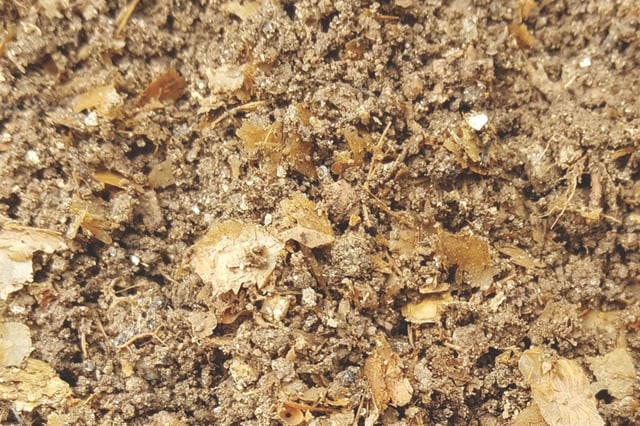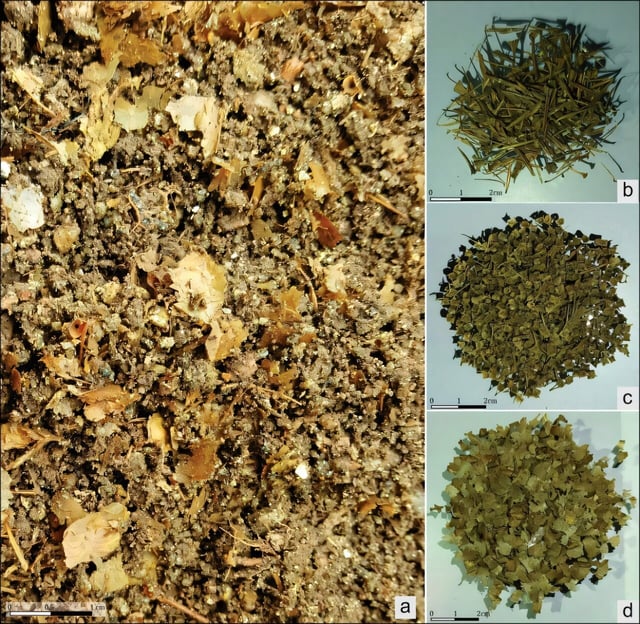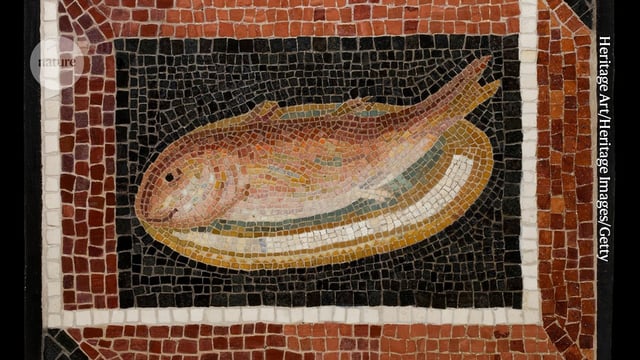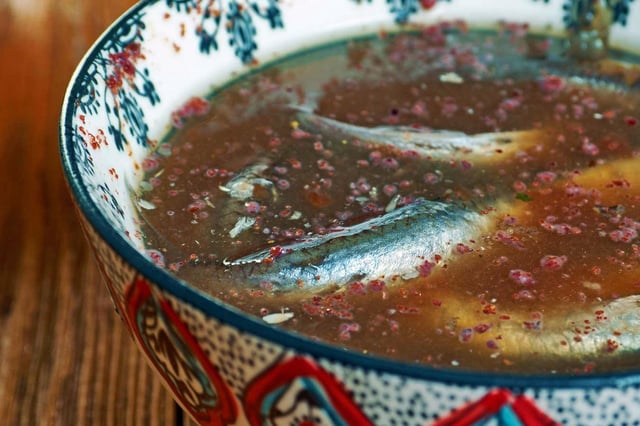Overview
- Fish remains from a Roman fish‐salting vat at Adro Vello yielded usable DNA despite intense grinding and fermentation
- Genetic sequencing identified European sardines as the predominant fish used in Roman garum at the northwest Iberian site
- Comparison of ancient and modern sardine genomes revealed genetic continuity in northwest Iberia over two millennia
- The study establishes that ancient DNA can survive harsh salting and fermentation processes, offering a reliable method for species identification in fragmented remains
- The research team plans to apply this archaeogenomic approach across additional Roman‐era salting plants to map regional variations in garum production



